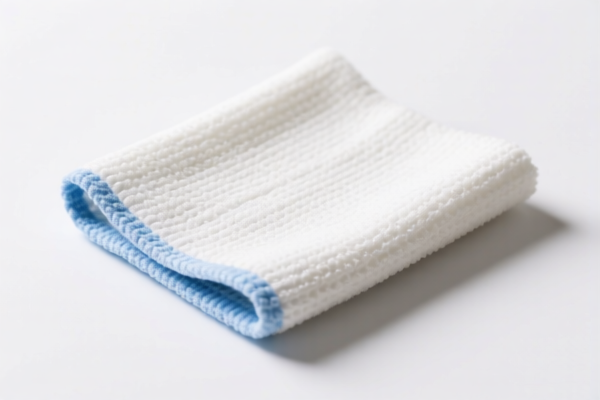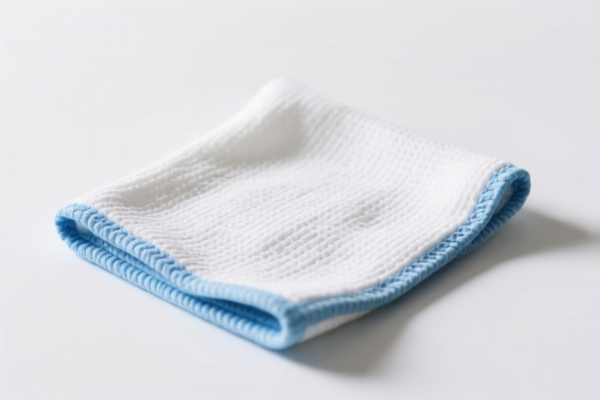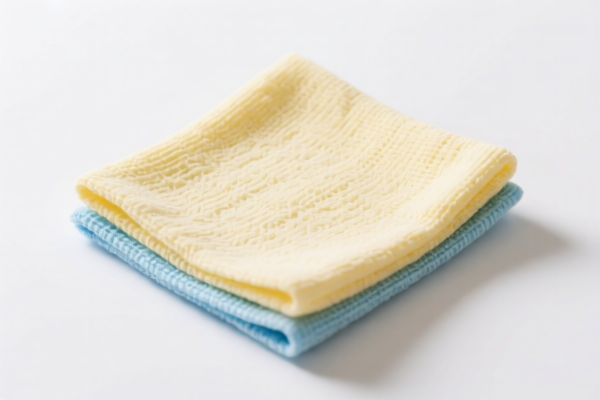| HS Code | Official Doc | Tariff Rate | Origin | Destination | Effective Date |
|---|---|---|---|---|---|
| 6217909095 | Doc | 52.1% | CN | US | 2025-05-12 |
| 3926904800 | Doc | 33.4% | CN | US | 2025-05-12 |
| 3921904010 | Doc | 34.2% | CN | US | 2025-05-12 |
| 3921904090 | Doc | 34.2% | CN | US | 2025-05-12 |




Sharpening Cloth
A sharpening cloth is a textile material used in the final stages of sharpening blades, primarily to remove residue, polish the blade edge, and prevent rust. It is not the primary abrasive used for creating the sharp edge, but rather a finishing and maintenance tool.
Material
Sharpening cloths are commonly made from the following materials:
- Cotton: The most common material, offering good absorbency and a relatively soft texture. Often used for general polishing and removing swarf (metal filings).
- Linen: A stronger and more durable fiber than cotton. Linen cloths provide a finer polish and are less prone to linting.
- Leather: Often used in stropping, providing a very fine polish and alignment of the blade's micro-edge. Can be vegetable-tanned or chrome-tanned.
- Microfiber: Offers excellent cleaning and polishing properties, often used with polishing compounds.
Purpose
- Residue Removal: Sharpening processes generate metal particles (swarf) and abrasive compounds. The cloth removes these, preventing them from interfering with the blade's performance or causing corrosion.
- Polishing: The cloth, often with the aid of polishing compounds, refines the blade edge, increasing its smoothness and sharpness.
- Rust Prevention: Applying a light oil or protective coating to the blade after cleaning with the cloth helps prevent rust formation.
- Deburring: Removes tiny burrs or imperfections left after sharpening.
Function
The function of a sharpening cloth relies on friction. The cloth’s texture, combined with any applied polishing compound, gently abrades the blade edge, removing imperfections and refining its structure. The cloth also absorbs any remaining liquids or debris.
Usage Scenarios
- Knife Sharpening: Used after sharpening with whetstones, honing steels, or electric sharpeners.
- Tool Sharpening: Used for chisels, planes, and other woodworking tools after sharpening.
- Straight Razor Maintenance: Essential for stropping, a process of aligning and polishing the razor edge.
- Culinary Tool Care: Maintaining the edge of kitchen knives.
- General Blade Maintenance: Regular cleaning and polishing of any bladed tool.
Common Types
- Cotton Cloths: General-purpose, inexpensive, and readily available.
- Linen Cloths: Higher quality, finer polish, less lint.
- Leather Stropping Strops: Used with stropping compounds for straight razors and fine tool edges. Available in shell cordovan, horsehide, and other leathers.
- Polishing Cloths: Often microfiber, designed for use with specific polishing compounds (e.g., chromium oxide, diamond paste).
- Loaded Cloths: Cloths pre-impregnated with polishing compounds.
- Bench Cloths: Larger cloths used for wiping down sharpening stones and benches.
Sharpening cloth falls under the category of “parts of garments or of clothing accessories, other than those of heading 6212”.
Here are the relevant HS codes based on the provided reference material:
- 6217909095: This HS code is for “Other made up clothing accessories; parts of garments or of clothing accessories, other than those of heading 6212: Parts: Other Other: Other”.
- 62: Chapter 62 covers articles of apparel and clothing accessories, not knitted or crocheted.
- 17: Heading 6217 specifically covers made up clothing accessories and parts thereof.
- 90: Subheading 621790 covers other parts of garments or clothing accessories.
- 95: Further specifies “Other” within the category of parts.
- Tax Details: The base tariff is 14.6%, with an additional tariff of 7.5%. After April 2, 2025, the additional tariff increases to 30.0%, resulting in a total tariff of 52.1%.
According to the provided reference material, the HS code options related to 'sharpening cloth' are limited, with only the following 1 found.
Customer Reviews
No reviews yet.